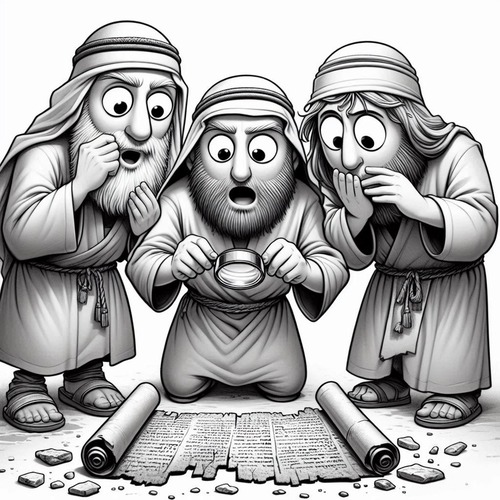Did Mary Remain a Virgin? A Biblical Case Against Perpetual Virginity
The question of Mary’s perpetual virginity has divided Christians for centuries. While Catholic and Orthodox traditions affirm Mary remained a virgin throughout her life, most Reformed Christians respectfully disagree. This isn’t about diminishing Mary’s honour or her crucial role in salvation history. Rather, it’s about what Scripture actually teaches when we read it carefully and naturally.
A thorough examination of the biblical text suggests Mary likely had other children after Jesus, making her not only the virgin mother of our Saviour but also a devoted wife and mother in the fullest biblical sense.
THE BIBLICAL EVIDENCE FOR MARY HAVING OTHER CHILDREN
The most compelling evidence comes from the Gospel writers themselves, who repeatedly mention Jesus’ brothers and sisters.
- In Matthew 13:55-56, the crowds ask, “Is not this the carpenter’s son? Is not his mother called Mary? And are not his brothers James and Joseph and Simon and Judas? And are not all his sisters with us?”
- Mark 6:3 provides a nearly identical account, listing Jesus’ siblings by name.
The most straightforward reading of these passages is that Jesus had biological brothers and sisters through Mary and Joseph. The Gospel writers had no apparent reason to be cryptic about family relationships, and they present these siblings as part of Jesus’ immediate household.
The language itself supports this interpretation. The New Testament uses the Greek word adelphoi for “brothers” and adelphai for “sisters” when referring to Jesus’ siblings. Importantly, Scripture distinguishes between different family relationships when precision matters. In Colossians 4:10, Paul specifically uses anepsios to describe Mark as Barnabas’ “cousin.” If the Gospel writers meant to indicate cousins or more distant relatives, they had the vocabulary to do so clearly.
Two other texts strengthen this case.
- Matthew 1:25 states Joseph “knew her not until she had given birth to a son.” While the word “until” doesn’t always imply a change afterward, in this context—describing the sexual relationship between husband and wife—the natural reading suggests normal marital relations began after Jesus’ birth.
- Luke 2:7 describes Jesus as Mary’s “firstborn” son. This term naturally implies other children followed. If Jesus were Mary’s only child, “only-begotten” would be more precise language.
ADDRESSING ALTERNATIVE EXPLANATIONS
Catholic and Orthodox traditions offer several explanations to maintain Mary’s perpetual virginity. The most common suggests Jesus’ “brothers” were actually cousins or perhaps Joseph’s children from a previous marriage.
However, these explanations face significant problems.
First, there’s no scriptural evidence whatsoever for Joseph having been previously married. The Gospels consistently present Joseph and Mary as a young couple beginning their life together. If Joseph had older children, it would be remarkable for the Gospel writers to completely ignore this fact, especially given their careful attention to family genealogies and relationships.
Second, the Gospel narratives consistently present Jesus’ siblings as Mary’s children, not as cousins or step-siblings. When Mary and Jesus’ brothers come looking for him in Mark 3:31-35, they’re presented as his immediate family unit, not extended relatives.
The “until” argument deserves a more nuanced response. Critics note “until” doesn’t always imply a change afterward. This is true in some contexts. However, when Matthew writes Joseph “knew her not until” Jesus’ birth, the context strongly suggests their marital relationship became complete afterward. To argue otherwise requires reading unusual restrictions into what appears to be a straightforward account of a normal marriage.
DID MARY REMAIN A VIRGIN? THEOLOGICAL IMPLICATIONS AND BALANCE
Affirming Mary had other children doesn’t diminish her special role in God’s plan. Her willing submission to God’s will—“Let it be unto me according to your word”—remains one of the most profound acts of faith in human history. She remains the blessed mother of our Lord, chosen by God for the most important birth in history.
Moreover, the Reformed position actually honours the biblical view of marriage. Scripture presents sexual intimacy within marriage as blessed and holy (Hebrews 13:4). There’s nothing in the Bible suggesting that having other children would somehow tarnish Mary’s purity or holiness. Such thinking inadvertently elevates celibacy over marriage in a way Scripture doesn’t endorse.
The perpetual virginity doctrine, while well-intentioned, can inadvertently contribute to an unbiblical hierarchy that places celibacy above marriage. The Bible presents both singleness and marriage as good gifts from God, without suggesting that one is inherently more holy than the other.
Furthermore, Jesus’ full humanity—a crucial doctrine—is actually supported by his growing up in what appears to be a typical Jewish family with siblings. This normal family context doesn’t detract from his divinity; it confirms his complete identification with human experience.
CONCLUSION: DID MARY REMAIN A VIRGIN?
Scripture’s most natural reading suggests Mary had other children after Jesus. This position doesn’t diminish Mary’s crucial role in salvation history or her status as blessed among women. Rather, it presents her as a complete woman of faith—virgin mother, devoted wife, and loving mother to multiple children.
Christians can respectfully disagree on this secondary issue while maintaining gospel unity. Mary’s true greatness doesn’t lie in perpetual virginity but in her faithful “yes” to God’s extraordinary plan. In that faithfulness, she remains a model for all believers, whether single or married, whether parents or childless. Her legacy isn’t biological but spiritual—pointing us always to her Son, our Saviour.
DID MARY REMAIN A VIRGIN? RELATED FAQs
What are the leading Reformed views today say about this debate? Contemporary Reformed theologians like John MacArthur, RC Sproul, and Michael Horton have consistently argued against perpetual virginity based on scriptural evidence. Westminster Seminary’s Carl Trueman notes the doctrine arose more from later ascetic influences than biblical teaching. Most Reformed systematic theology textbooks, including those by Wayne Grudem and Louis Berkhof, present the biblical case for Mary having other children as the most natural reading of Scripture.
- Did any early church fathers disagree with perpetual virginity? Yes, several early church leaders questioned or rejected perpetual virginity. Tertullian (c. 160-225 AD) explicitly argued Mary had other children after Jesus. Helvidius, a fourth-century theologian, wrote extensively against perpetual virginity using many of the same biblical arguments Reformed scholars use today. Even Jerome, who defended perpetual virginity, acknowledged that “until recently” many Christians believed Mary had other children, suggesting this was a common early Christian view.
- What about the Protoevangelium of James, which describes Mary’s perpetual virginity? The Protoevangelium of James is a second-century apocryphal text that elaborated on Mary’s life with legendary details, including her perpetual virginity. However, this document was written well after the apostolic period and contains historically questionable material, such as Mary living in the temple as a child. Reformed scholars reject it as a reliable source since it’s not part of the biblical canon and contradicts the natural reading of Scripture.
How do Reformed scholars explain Mary at the cross if she had other sons? John 19:26-27 records Jesus entrusting Mary to John’s care rather than to his brothers. Reformed scholars suggest several explanations: Jesus’ brothers may not have been believers yet (John 7:5 indicates they didn’t believe during his ministry), John was physically present while the brothers weren’t, or Jesus was making a spiritual rather than merely practical arrangement. The text doesn’t require that Jesus had no brothers, only that John was the appropriate person for this moment.
- What’s the Eastern Orthodox position, and how does it differ from the Catholic view? Eastern Orthodox churches also affirm Mary’s perpetual virginity but with a different explanation than Catholics. They typically teach Jesus’ “brothers” were Joseph’s sons from a previous marriage, making them Jesus’ step-brothers. This differs from the Catholic position, which usually describes them as cousins or more distant relatives. However, both traditions agree on Mary remaining a virgin throughout her life, unlike the Reformed position.
- Why did the doctrine of perpetual virginity become so widespread if it’s not biblical? The doctrine gained prominence as the early church increasingly elevated celibacy and virginity as superior spiritual states. Influenced by Greek philosophical ideas about the spiritual being higher than the physical, many church leaders began viewing sexual relations, even within marriage, as somehow less pure. Additionally, as Mary’s veneration grew, there was pressure to make every aspect of her life “perfect” according to these ascetic ideals, rather than following Scripture’s own presentation of her.
Does this debate affect other important Christian doctrines? This disagreement doesn’t impact core Christian doctrines like the Trinity, salvation by grace, or Christ’s deity and humanity. It’s considered a secondary issue where Bible-believing Christians can respectfully disagree. However, it does touch on important principles like the authority of Scripture versus tradition, and biblical views of marriage and sexuality. Reformed Christians see this as an example of why Scripture must remain our final authority, even when challenging beloved traditions.
DID MARY REMAIN A VIRGIN? OUR RELATED POSTS
Editor's Pick

‘What Sorrow Awaits You Who Are Rich…’: What Does Jesus Mean?
The words hang in the air like a sword over comfortable Christianity: “What sorrow awaits you who are rich, for [...]

Does the Bible Clearly Teach the Deity of Christ?
Critics argue Jesus never explicitly claimed to be God. Others suggest the doctrine emerged centuries later through philosophical speculation. But [...]
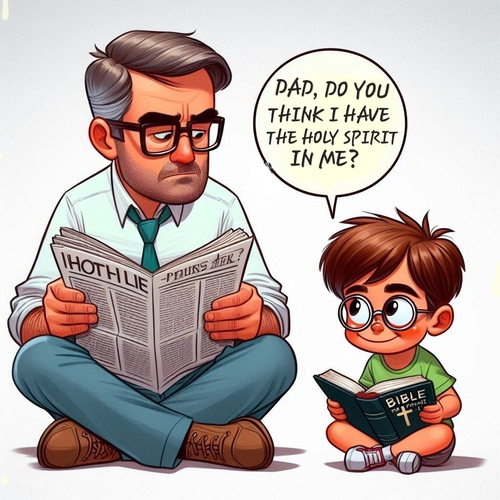
The Holy Spirit’s Indwelling: How Can I Be Sure I Have It?
“Am I truly saved? How can I know for certain that the Holy Spirit lives within me?” If you’ve wrestled [...]
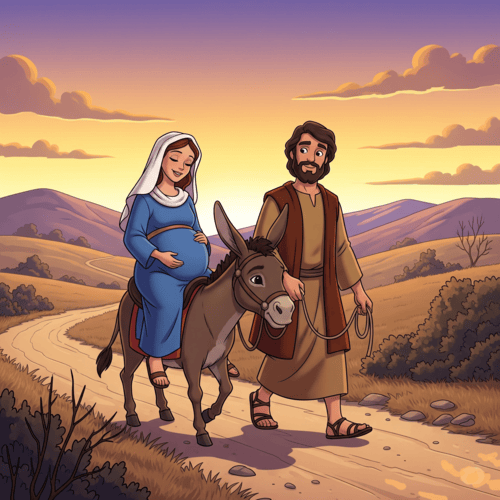
Did Mary Remain a Virgin? A Biblical Case Against Perpetual Virginity
The question of Mary’s perpetual virginity has divided Christians for centuries. While Catholic and Orthodox traditions affirm Mary remained a [...]
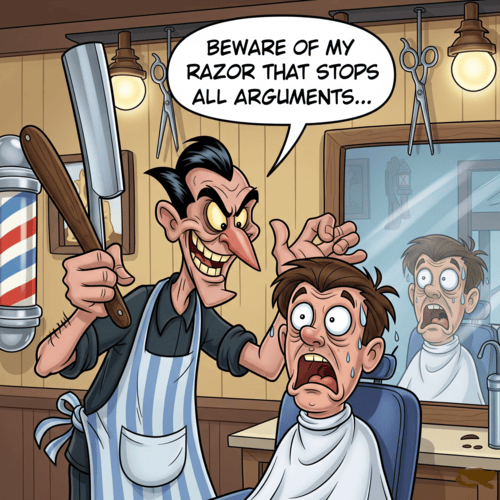
Is Occam’s Razor a Compelling Argument Against Theism?
WHY THE ARGUMENT ACTUALLY POINTS TO GOD Picture this: You're in a coffee shop debate with a confident sceptic [...]
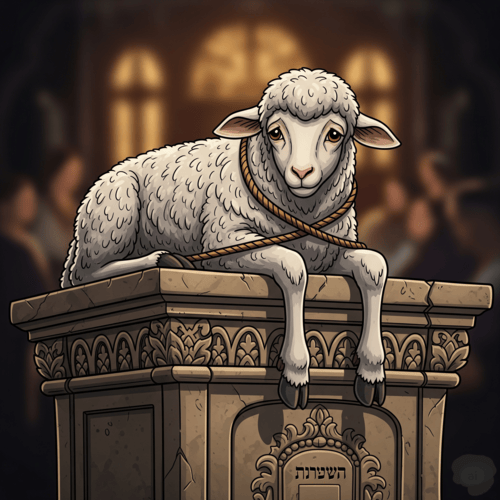
Is the Doctrine of Justification in the Old Testament?
WAS PAUL INVENTING SOMETHING NEW OR REVEALING SOMETHING ANCIENT? Picture this scene: You’re discussing faith with a thoughtful sceptic who [...]

How God Reveals Himself to Us: General and Special Revelation
Every human heart carries an undeniable longing to know ultimate truth—to understand our place in the universe and the longing [...]

Doctrine of God and Bible Interpretation: Are The Two Connected?
Picture this: Two seasoned pastors read the same verse about God's sovereignty and human responsibility. One concludes God determines all [...]
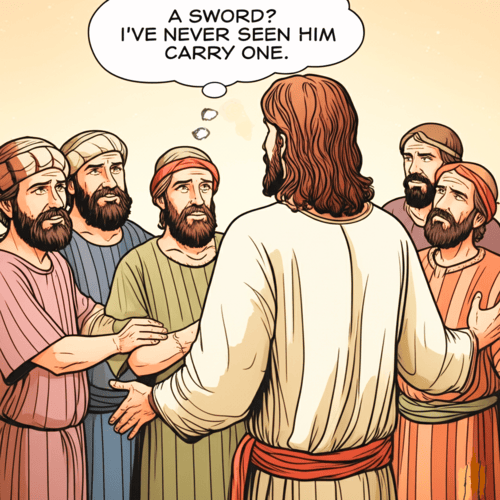
What Did Jesus Mean: ‘I Bring Not Peace But a Sword’?
Jesus’ statement may sound perplexing to us at first read: "Do not think that I have come to bring peace [...]

The Beatitudes: The Nine Marks of Those Jesus Calls Blessed
When Jesus climbed that hillside in Galilee and began to speak, He turned the world's understanding of blessing upside down. [...]
SUPPORT US:
Feel the Holy Spirit's gentle nudge to partner with us?
Donate Online:
Account Name: TRUTHS TO DIE FOR FOUNDATION
Account Number: 10243565459
Bank IFSC: IDFB0043391
Bank Name: IDFC FIRST BANK


